CASIMIR/Automotive – CAE Solution for Virtual Seating Comfort Analysis
The CASIMIR/Automotive software tool was developed specifically for the virtual evaluation and optimization of seating comfort. The basis for this is a deep understanding of the interaction between seat and human, which results in special requirements for the modeling of both.

My name is CASIMIR.
"Thanks to years of ongoing development, I now accurately reproduce humans and their mechanical as well as sensory abilities. So when I sit on a model of a seat, you can see where it can still be improved so that future occupants always drive safely and comfortably. And all of this happens purely digitally."
Exemplary simulation results for different tasks with CASIMIR/Automotive
A model in CASIMIR/Automotive therefore always consists of two central components
Individual model of the unoccupied seat
From the seat structure to the upholstery – with the help of various assistants such as a Material Manager, you can create an exact finite element model of your seat. We will gladly assist you in this upon request.
With the TrimSim function, you can also precisely simulate the behavior of the seat cover in relation to the foam cushion during the covering process and determine, for example, what foam volume ("overbuild") is required to prevent undesirable effects such as wrinkling.
Customizable virtual human model
As anatomy-based finite element models, CASIMIR human models describe the static and dynamic properties of typical occupants – expressed by percentiles such as f05, m50 and m95. After selecting the appropriate configuration, the desired postures can be assumed and displayed with the help of the Posture Preview.
The CASIMIR virtual occupant model can be used independently of the CASIMIR/Automotive software tool wherever human models are needed in product development – for example, in aviation or in corridor and cargo vehicles.
Valid seating comfort evaluation through realistic loading
When both models are combined, the so-called occupied seat can be tested virtually. Standard load cases as well as individual scenarios can be efficiently investigated. The simulation is geometrically non-linear and takes into account the frictional contact with the seat cushion and backrest.
This allows you to determine and optimize variables for evaluating seating comfort – such as seat pressure distribution or the seat transfer function – realistically and reproducibly at a very early stage of development.
CASIMIR/Automotive can be used to digitally determine all key seating comfort parameters:
- Static seat pressure distribution
- "Meat-to-Metal"
- H-point according to SAE J826 (manikin + simulation method)
- Backset value according to FMVSS 202a
- Seat transfer function in horizontal (x and y) and vertical direction (z)
- Dynamic loads on the occupants while driving
In post-processing, various evaluation methods are available, such as the Bodymap or Dimensions of Perception. They make it possible to establish a correlation between physical variables and the subjective perception of the occupant. In addition, alternative design variants can be compared quickly and easily on the basis of the results.
Easy integration into existing workflows


To enable easy integration into existing workflows, CASIMIR/Automotive was integrated into the FE preprocessor HyperMesh® and uses SIMULIA Abaqus as FE solver.
We support you in the analysis and interpretation of your data
If you are pressed for time or do not have enough capacity for large and complex analyses, our experienced (simulation) engineers will gladly take on the entire project or partial tasks. Furthermore, we support you in specifying the quantities to be measured as well as in interpreting and evaluating the results. Learn more about our engineering services in the field of seating comfort here.
Please contact us personally
________
We will gladly advise you on questions related to (virtual) seat development, seating comfort and virtual human models.
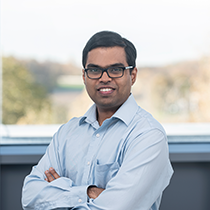
M. Sc.
Aravinda Veeraraghavan
Technical Support
+49 931 49708-182
veeraraghavan@woelfel.de
Contact form
Computational Mechanics of Materials and Structures, Universität Stuttgart
M.Sc.
Learn and use latest technology to benefit the customers.
To be at the top of innovation.
Computational Mechanics of Materials and Structures, Universität Stuttgart
M.Sc.
Learn and use latest technology to benefit the customers.
To be at the top of innovation.

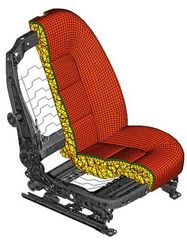
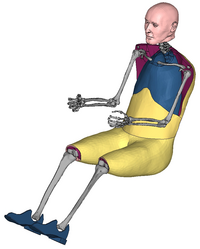
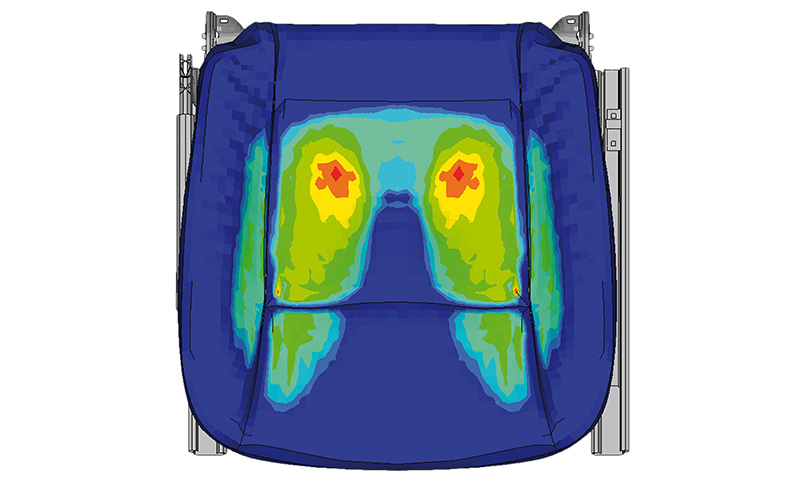
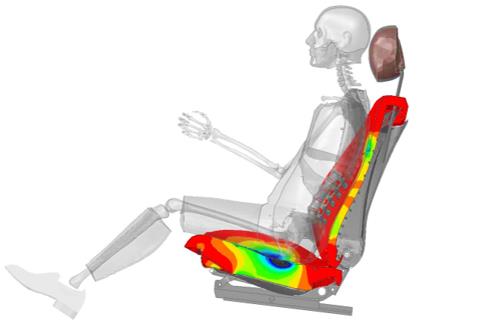
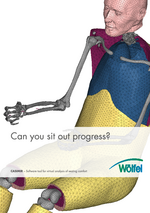
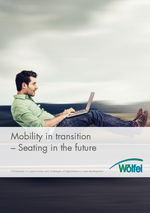
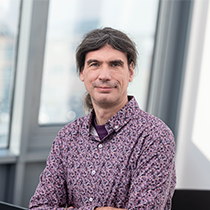
![[Translate to English:] Sitzkomfort [Translate to English:] Sitzkomfort](/fileadmin/_processed_/6/4/csm_2021-02-automotive-sitzkomfort_800_700_f679491445.png)
![[Translate to English:] Dienstleistung Sitzkomfort [Translate to English:] Dienstleistung Sitzkomfort](/fileadmin/_processed_/b/8/csm_2021-02-automotive-sitzkomfort_2_800_700_7ef4dee711.png)
![[Translate to English:] [Translate to English:]](/fileadmin/_processed_/f/f/csm_2019-11-kachel-dummys_02_d5f2003f99.jpg)